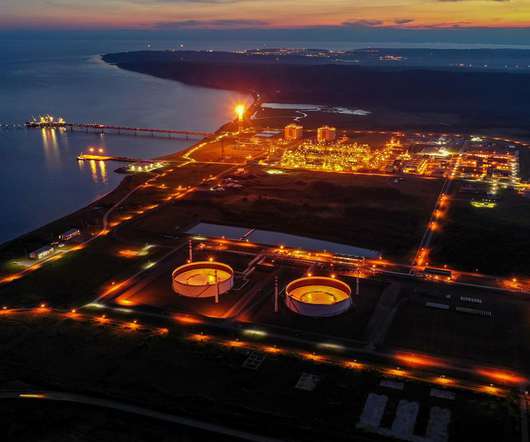BP Statistical Review finds global oil share down for 12th year in a row, coal share up to highest level since 1969; renewables at 2%
Green Car Congress
JUNE 13, 2012
Oil demand grew by less than 1%—the slowest rate amongst fossil fuels—while gas grew by 2.2%, and coal was the only fossil fuel with above average annual consumption growth at 5.4% Gas production globally grew by 3.1%; the US recorded 7.7% The EU’s decline in gas production was the highest on record (-11.4%).















Let's personalize your content